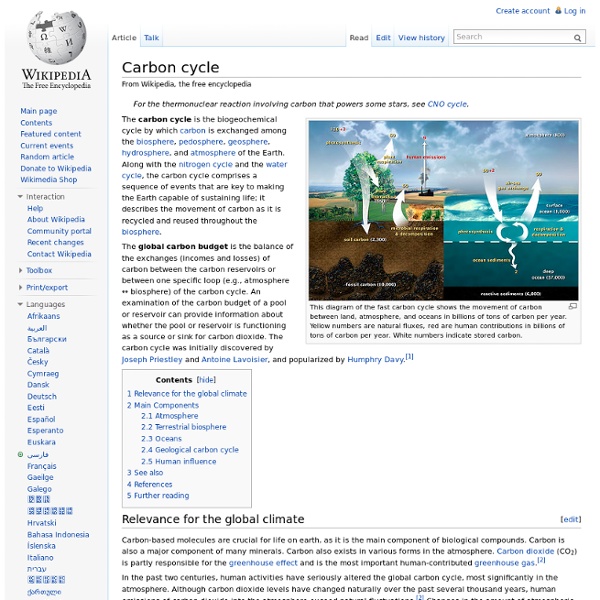Global Warming Frequently Asked Questions
IntroductionGreen House EffectGreen House GasesGlobal TemperaturesEl NiñoOcean Heat ContentSea Level RiseHydrological CycleCryosphereClimate Variability and ExtremesHistorical ContextNatural VariabilityU.S. ClimateFuture Climate ProjectionsAdditional Resources Introduction This page is based on a brief synopsis of the 2007 Fourth Assessment Report (AR4) by the Intergovernmental Panel on Climate Change (IPCC), as well as NCDC's own data resources. It was prepared by David Easterling and Tom Karl, National Climatic Data Center, Asheville, N.C. 28801. One of the most vigorously debated topics on Earth is the issue of climate change, and the National Environmental Satellite, Data, and Information Service (NESDIS) data centers are central to answering some of the most pressing global change questions that remain unresolved. Listed below is information based upon common questions addressed to climate scientists (based on IPCC reports and other research) in common, understandable language.
Science
Systematic endeavor for gaining knowledge Science is a rigorous, systematic endeavor that builds and organizes knowledge in the form of testable explanations and predictions about the world.[1][2] Modern science is typically divided into three major branches:[3] natural sciences (e.g., biology, chemistry, and physics), which study the physical world; the social sciences (e.g., economics, psychology, and sociology), which study individuals and societies;[4][5] and the formal sciences (e.g., logic, mathematics, and theoretical computer science), which study formal systems, governed by axioms and rules.[6][7] There is disagreement whether the formal sciences are science disciplines,[8][9][10] because they do not rely on empirical evidence.[11][9] Applied sciences are disciplines that use scientific knowledge for practical purposes, such as in engineering and medicine.[12][13][14] Etymology There are many hypotheses for science's ultimate word origin. History Early history Classical antiquity
History of climate change science
The history of the scientific discovery of climate change began in the early 19th century when ice ages and other natural changes in paleoclimate were first suspected and the natural greenhouse effect first identified. In the late 19th century, scientists first argued that human emissions of greenhouse gases could change the climate. Many other theories of climate change were advanced, involving forces from volcanism to solar variation. In the 1960s, the warming effect of carbon dioxide gas became increasingly convincing, although some scientists also pointed out that human activities, in the form of atmospheric aerosols (e.g., "pollution"), could have cooling effects as well. During the 1970s, scientific opinion increasingly favored the warming viewpoint. Regional changes, antiquity through 19th century[edit] From ancient times, people suspected that the climate of a region could change over the course of centuries. Paleoclimate change and theories of its causes, 19th century[edit]
The 1847 lecture that predicted human-induced climate change | Leo Hickman | Environment
When we think of the birth of the conservation movement in the 19th century, the names that usually spring to mind are the likes of John Muir and Henry David Thoreau, men who wrote about the need to protect wilderness areas in an age when the notion of mankind's "manifest destiny" was all the rage. But a far less remembered American - a contemporary of Muir and Thoreau - can claim to be the person who first publicised the now largely unchallenged idea that humans can negatively influence the environment that supports them. George Perkins Marsh (1801-1882) certainly had a varied career. Here's how Clark University in Massachusetts, which has named an institute in his memory, describes him: Throughout his 80 years Marsh had many careers as a lawyer (though, by his own words, "an indifferent practitioner"), newspaper editor, sheep farmer, mill owner, lecturer, politician and diplomat. In other words, he kept himself busy.
Global Warming Effects - Global Warming Climate Hot Map



